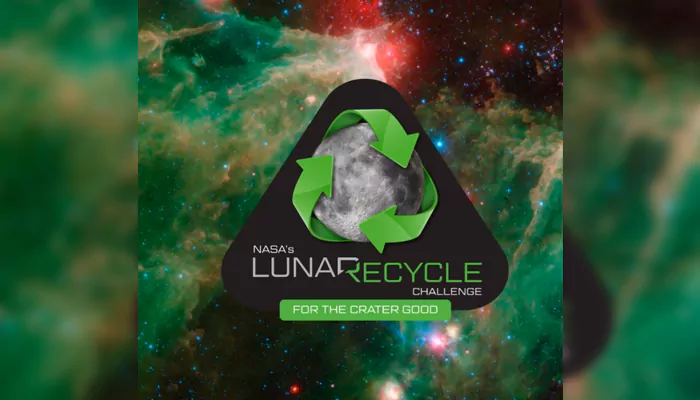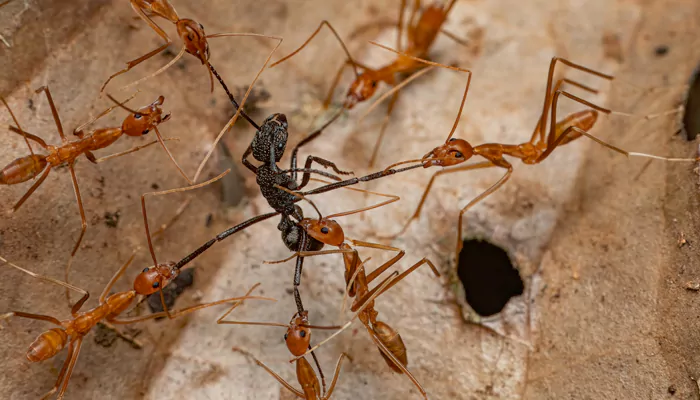
Here are today’s most important updates from the realm of Science and Space.
Everest Keeps Reaching New Heights: Surprising Growth Rate Stuns Experts
The world's highest mountain, Mount Everest, standing at 8.85 km above the sea level, is growing taller, according to a new study. Over 89,000 years ago, the Kosi and Arun rivers merged, leading to an increase in height, considered as the beginning of Mount Everest formation. Meanwhile, the collision of the Indian and Eurasian tectonic plates, causing isostatic rebound is the reason behind further growth. The wind, rain, and river flow also contribute to rise in heights. This study highlights the dynamic nature of Earth, a reminder for constant change.
NASA’s Call to Innovators: Recycle Space Waste and Win Big

NASA has announced its latest innovation competition, the LunaRecycle Challenge, offering a $3 million prize for groundbreaking solutions in recycling wastes in deep space missions. With the rise in space travel, wastes are also increasing. Thus, the initiative will support NASA's long-term goal of sustained human presence on the Lunar surface. The challenge is all about developing energy-efficient, low-mass, and low-impact advanced recycling technologies to process inorganic wastes. The key areas of focus are: "logistics tracking, clothing, and trash management for habitation; in-space and on-surface manufacturing of parts and products; and manufacturing from recycled and reused materials," as mentioned in NASA website.
Tiny Wonders: Scientists Capture Water Formation at the Nanoscale for the First Time
This is a tiny, rotating sphere of water in microgravity: the bubbles, kept from coalescing by a small amount of surfactant, move to the center axis of rotation, unlike the tea leaves, which go to the outside edge [Saturday Morning Science by Don Pettit: https://t.co/yxrx16GrvP] pic.twitter.com/5RL64GLtpw
— Massimo (@Rainmaker1973) December 4, 2021
(Credit - X/@Rainmaker1973)
For the first time ever, scientists at the Northwestern University have observed the hydrogen and oxygen atoms merge to form nano-sized bubbles of water in real time. Direct visualizing of nanoscale water generation helped the research team to identify the optimal conditions for rapid water generation under ambient conditions. This is the first time when smallest water bubble was visualized in real time scenario. These findings have remarkable implications for practical applications including rapid water generation in deep space environments using gas or metal catalysts, without any extreme reaction condition.
Ant vs. Bird: Competition in Indian Mountains Puts Winged Species at Risk

Researchers at the Indian Institute of Science (IISc) has revealed that the presence of Oecophylla ants influencing the bird species diversity in mountainous regions. Mountains, encompassing only 25% of Earth's surface, are home to over 85% of the world's amphibian, bird, and mammalian species. Despite the environmental factors, bird species diversity at different elevations was a focus of research for a long time. The study revealed a peculiar pattern; competition with these ants for food resources at lower elevations may be pushing birds higher up the mountains. This suggests a comprehensive need for biodiversity conservation in critical habitats.



.webp)
.WEBP)
.WEBP)
.webp)
.webp)


.webp)
.webp)
.webp)